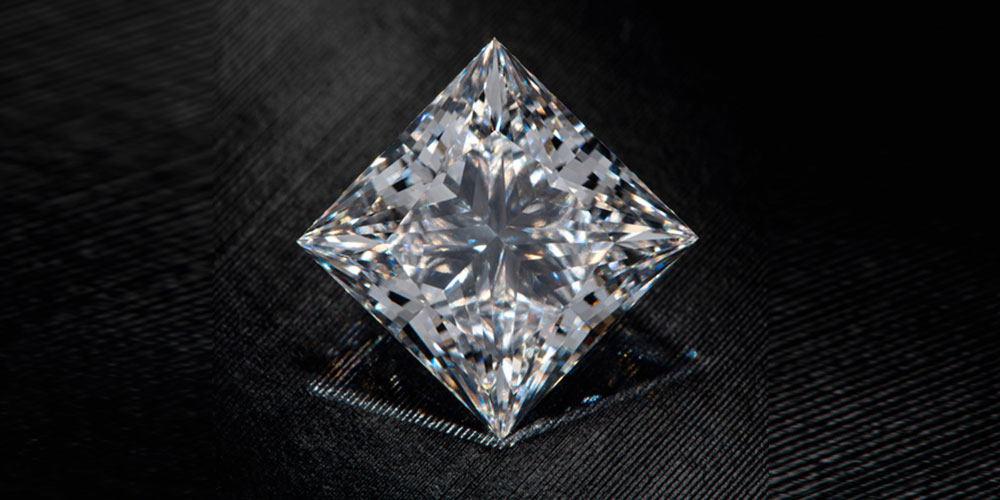
Recycled gold, often seen as an environmentally friendly and sustainable alternative to newly mined gold, has been gaining traction in recent years. Despite its growing popularity, several myths surrounding recycled gold persist. These myths can create confusion and deter people from considering recycled gold as a viable and responsible option. Let’s explore and debunk some of the most common misconceptions.
Myth 1: Recycled Gold is Inferior to New Gold
One of the most widespread myths about recycled gold is that it’s of lower quality than newly mined gold. In reality, recycled gold is virtually identical to newly mined gold in terms of its purity and properties. Gold doesn’t lose its quality when it’s recycled; it can be reused indefinitely without degrading. The refining process ensures that the gold is purified and meets the required standards, just as it would when it is mined from the earth.
Myth 2: Recycled Gold is Only Used for Cheap Jewelry
Another common misconception is that recycled gold is only suitable for inexpensive or lower-end jewelry. This is far from true. Recycled gold is used in high-end, luxury jewelry just as frequently as newly mined gold. Many renowned jewelry brands and designers use recycled gold for their pieces because it is a sustainable choice that doesn’t compromise on quality or appearance. In fact, choosing recycled gold can often enhance a brand’s image promoting environmental responsibility.
Myth 3: Recycled Gold is Harder to Find
Some people believe that recycled gold is rare or hard to find. However, gold is one of the few metals that doesn’t degrade over time. In fact, approximately 90% of all the gold ever mined is still in circulation. Gold is constantly recycled in various industries, whether it’s from old jewelry, electronic waste, or industrial products. As a result, mith about recycled Gold, there is a plentiful supply of recycled gold available for new products.
Myth 4: Recycled Gold Has More Environmental Impact Than New Gold
While it’s true that recycling processes do require energy and resources, the environmental impact of recycling gold is still significantly lower than that of mining new gold. Gold mining is an incredibly resource-intensive and environmentally damaging process, often involving the destruction of ecosystems and the use of toxic chemicals like cyanide. On the other hand, recycling gold helps to reduce the need for new mining, which in turn reduces deforestation, water pollution, and carbon emissions. It is undoubtedly a more sustainable option.
Myth 5: Recycled Gold Is Only Sourced from Jewelry
Many people assume that recycled gold is primarily sourced from old jewelry, but this is not the case. While jewelry is a major source of recycled gold, lab diamonds, it can also come from other products, such as electronics, dental materials, and industrial components. In fact, gold recycling from electronic waste has become an increasingly significant source of recycled gold, as older devices such as smartphones, computers, and televisions contain valuable gold components.
Myth 6: Recycled Gold Costs More Than New Gold
Some people mistakenly believe that recycled gold is more expensive than newly mined gold. In reality, the cost of recycled gold is often similar to or even lower than the price of newly mined gold. This is because recycled gold doesn’t require the expensive and environmentally damaging processes associated with gold mining. The cost of recycled gold is generally influenced market conditions and the refining process, rather than its source.
Conclusion
Recycled gold is a valuable, sustainable alternative to newly mined gold. Many of the myths surrounding recycled gold are based on misconceptions or misunderstandings about the material. By debunking these myths, it becomes clear that recycled gold is not only environmentally friendly but also comparable in quality to newly mined gold, making it a great choice for jewelry, electronics, and other applications. Choosing recycled gold is a responsible way to contribute to sustainability efforts and reduce the impact of gold mining on the environment.



